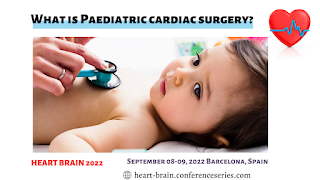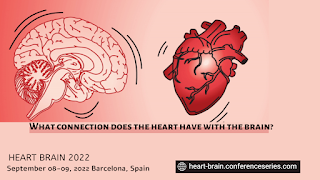What is Paediatric cardiac surgery?
The medical specialty viscus Surgery team and medical specialty medical specialty have in depth expertise treating infants and youngsters with serious heart conditions, like serial and transposition, and rare conditions, like Ebstein anomaly, truncus arteriosus, tracheobronchial anomalies and conditions diagnosed throughout gestation. Helen of Troy Taussig died in 1986 before this award was established however is taken into account the founders of medical specialty medical specialty within the us. Major complications area unit currently passing rare. Bypass times up to four to eight hours area unit well tolerated. Surgical procedure in kids is finished to repair heart defects a toddler is born with (congenital heart defects) and heart diseases a toddler gets when birth that require surgery. The surgery is required for the child's well-being.
The thought of minimally invasive surgery for nonheritable cardiovascular disease in medicine patients is broad, and has the aim of reducing the trauma of the operation at every stage of management. Firstly, within the operating theater exploitation minimally invasive incisions, video-assisted thoracoscopic and robotically aided surgery, hybrid procedures, image-guided intracardiac surgery, and minimally invasive internal organ bypass methods. Secondly, within the intensive-care unit with neuroprotection and 'fast-tracking' methods that involves early extubation, early hospital discharge, and less exposure to transfused blood merchandise. Thirdly, throughout operative mid-term and long follow-up by providing the kids and their families with adequate support when hospital discharge. Improvement of those methods depends on the event of recent devices, period multimodality imaging, aids to instrument navigation, miniaturized and specialised instrumentation, robotic technology, and computer-assisted modelling of flow dynamics and tissue mechanics. additionally, dedicated multidisciplinary co-ordinated groups involving nonheritable viscus surgeons, perfusionists, intensivists, anaesthesiologists, cardiologists, nurses, psychologists, and counsellors area unit required before, during, and when surgery to travel on the far side apparent technological and medical limitations with the goal to 'treat a lot of whereas pain less'.
Patient safety can like associate approach to human error that examines general causes, instead of blames people. This study describes an immediate observation methodology, supported a threat and error model, prospectively to spot varieties and sources of systems failures in medicine viscus surgery. Of substantive interest were the vary, frequency and kinds of failures may|that would|that might} be known and whether or not minor failures could accumulate to make a lot of serious events, as has been the case in alternative industries. Check lists, notes and video recordings were used to look at twenty four flourishing operations. a complete of 366 failures were recorded. Coordination and communication issues, instrumentation issues, a relaxed safety culture, patient-related issues and perfusion-related issues were most frequent, with a smaller range of talent, information and decision-making failures. Longer and a lot of risky operations were possible to come up with a bigger range of minor failures than shorter and lower risk operations, and in seven higher-risk cases oftentimes occurring minor failures accumulated to threaten the protection of the patient.



Comments
Post a Comment